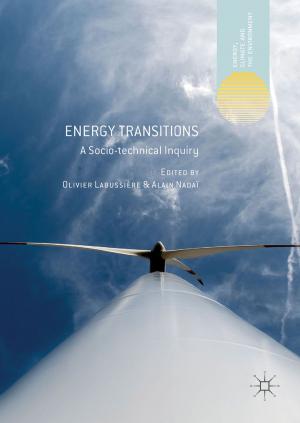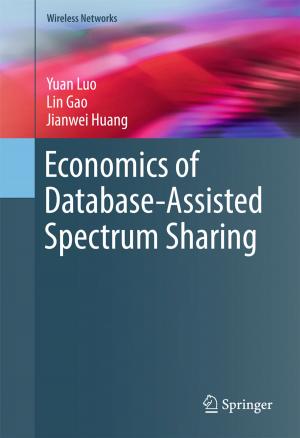Research on Risk Evaluation Methods of Groundwater Bursting from Aquifers Underlying Coal Seams and Applications to Coalfields of North China
Nonfiction, Science & Nature, Science, Earth Sciences| Author: | Yifan Zeng | ISBN: | 9783319790299 |
| Publisher: | Springer International Publishing | Publication: | April 21, 2018 |
| Imprint: | Springer | Language: | English |
| Author: | Yifan Zeng |
| ISBN: | 9783319790299 |
| Publisher: | Springer International Publishing |
| Publication: | April 21, 2018 |
| Imprint: | Springer |
| Language: | English |
This book provides an information fusion model with information fusion theory, geographic information system technology and modern mathematical methods to evaluate the risks of groundwater inrushes from aquifers underlying coal seams. In this new model, the water inrush vulnerable index was calculated with variable weights theory. It overcomes the defect of the traditional vulnerability index method that assumes constant weights for the factors controlling the water inrush. Mine water inrush events often occur during coal mine construction and production; they account for a large proportion of the nation’s coal mine disasters and accidents in China. Between 2005 and 2014, 513 water inrush incidents have occurred with a total loss of 2,753 lives. As mining depths and mining intensity continue to increase, the hydrogeological conditions encountered are becoming more complex. The innovative model presented here was applied to two coal mines in China with proved better results than the traditional vulnerability index method.
This book provides an information fusion model with information fusion theory, geographic information system technology and modern mathematical methods to evaluate the risks of groundwater inrushes from aquifers underlying coal seams. In this new model, the water inrush vulnerable index was calculated with variable weights theory. It overcomes the defect of the traditional vulnerability index method that assumes constant weights for the factors controlling the water inrush. Mine water inrush events often occur during coal mine construction and production; they account for a large proportion of the nation’s coal mine disasters and accidents in China. Between 2005 and 2014, 513 water inrush incidents have occurred with a total loss of 2,753 lives. As mining depths and mining intensity continue to increase, the hydrogeological conditions encountered are becoming more complex. The innovative model presented here was applied to two coal mines in China with proved better results than the traditional vulnerability index method.















